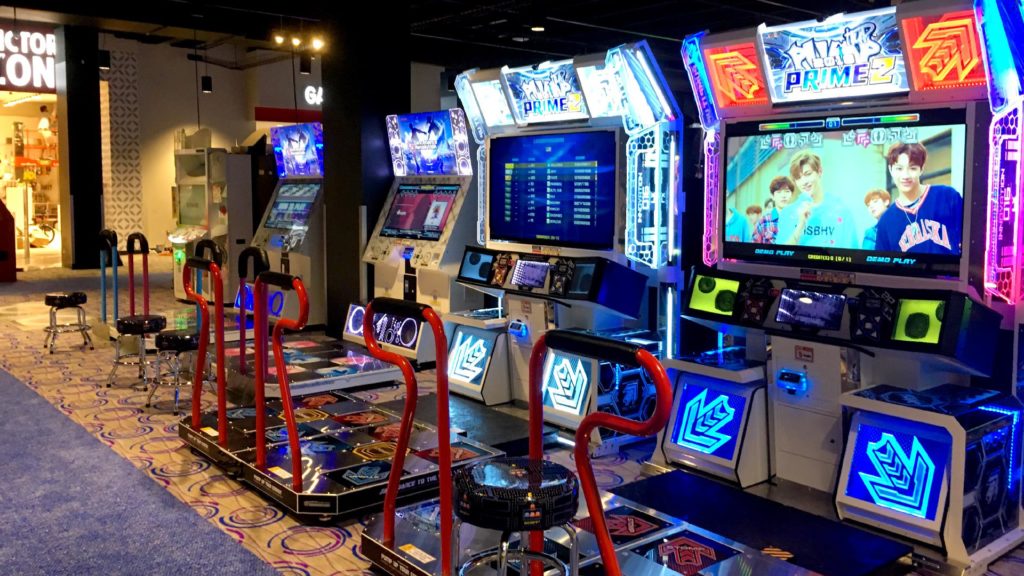
The first time I noticed things were shrinking was with my coffee can. The can looked the same, it was priced the same, but it didn’t last quite as long. Behind our backs, manufactures were secretly reducing the volume of their products without reducing the price. They made sure to tell us when they added a few extra ounces to their product without changing the price, using bright yellow bands across the top, shouting, “Now 20 percent more for the same low price!”
Somehow, the fact that getting 20 percent less for the same price was a secret hiding in plain sight. Unless you were paying attention to the fine print, you wouldn’t know it was 13 ounces instead of 16. It took me a long time to notice, but when I did, I took the same action every other consumer did—I bitched and moaned while still buying the coffee.
Other manufacturers caught on and soon, different consumer goods began showing up a little short. Remember when a brand-new roll of toilet paper would have trouble fitting inside the fixture? Not any more, the new roll fits right out of the packaging.
Manufactures are banking on consumers acting like sheep, leading us along because we depend on their products for survival. But for this consumer, one retailer has finally gone too far. I may pay the same for a smaller can of my “Chock Full o’ Nuts,” but I’m not paying more for playing video games, no sir.
Have you been to the new Dave and Busters in the Sunrise Mall? If you’ve been to any Dave and Busters in the last 10 years, you know that video games don’t use quarters or real money anymore. They are equipped to read a small ATM-type card that you put money onto, deducting “credits” for each game you play. Some games required two credits, others were three or four. Fortunately, “credits” were calculated like quarters, four credits for each dollar purchased on the card. When we brought the kids to play video games many moons ago, it was easy to keep track of and understand how much each game would cost to play.
Dave and Busters is still selling those reusable cards, and you get several credits based on how much moola you are willing to put onto the card. $12 gets you a reusable card and 60 credits. That’s 20 cents per credit, but the price per credit is not the real problem here. It’s the credits needed for each game.
Some games require 9.6 credits, while others take 11.2 or 4.6 credits. When was the last time you needed a math degree to play a video game? I’ll do the math for you: 9.6 credits equates to $1.92 for one game. Try explaining that to little Phillip when he needs 11.2 credits to play the “Walking Dead,” but there are only 5.7 credits left on the card. You think he’ll happily settle for the “My Little Pony” game at 3.9 credits? And what do you do with the 1.8 credits left on the card?
I think I need to sit down. If they are trying to make sure parents are confused, it’s mission accomplished. This is a business model that is designed to make parents continue to add money to their kid’s cards without any clue how it is getting spent.
It’s time to revolt against the establishment and be heard, people. We are already programmed to buy things “on sale” just because the price ends in 99 cents, now they are testing our ability to calculate the price of one video game? Not me, I’m done with this nonsense.
Unless you shop at the dollar store, you really have no recourse on the price or volume of consumer goods. We need our coffee, toilet paper and cereal, but we don’t need to go to Dave and Busters to play video games. I will never play video games in Dave and Busters again.
Wait, is that a 10-foot high video screen for the “Pac-Man” game? Let’s see, at 14.2 credits per game and 20 cents per credit…
Paul DiSclafani, a longtime Massapequa resident, is a 2018 Press Club of Long Island award-winning columnist and has been an Anton Media Group contributor since 2016.































